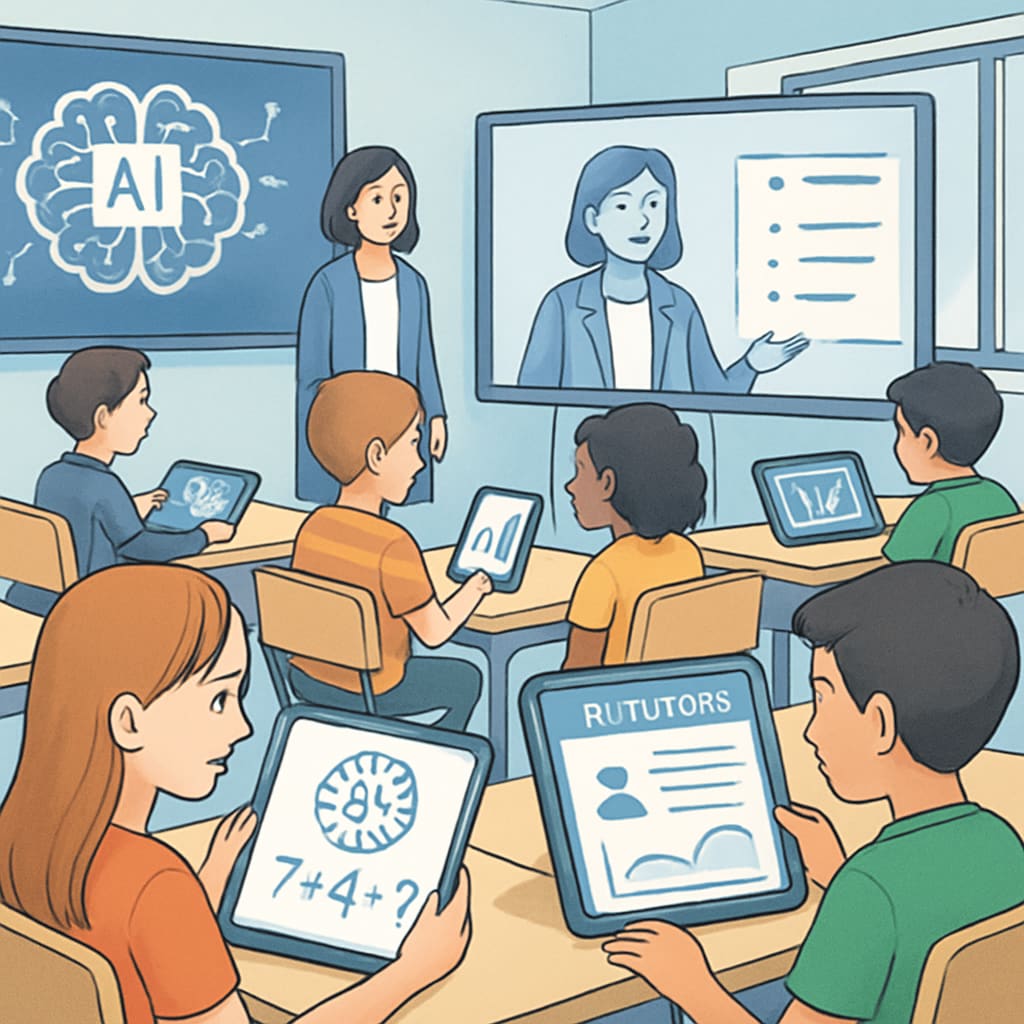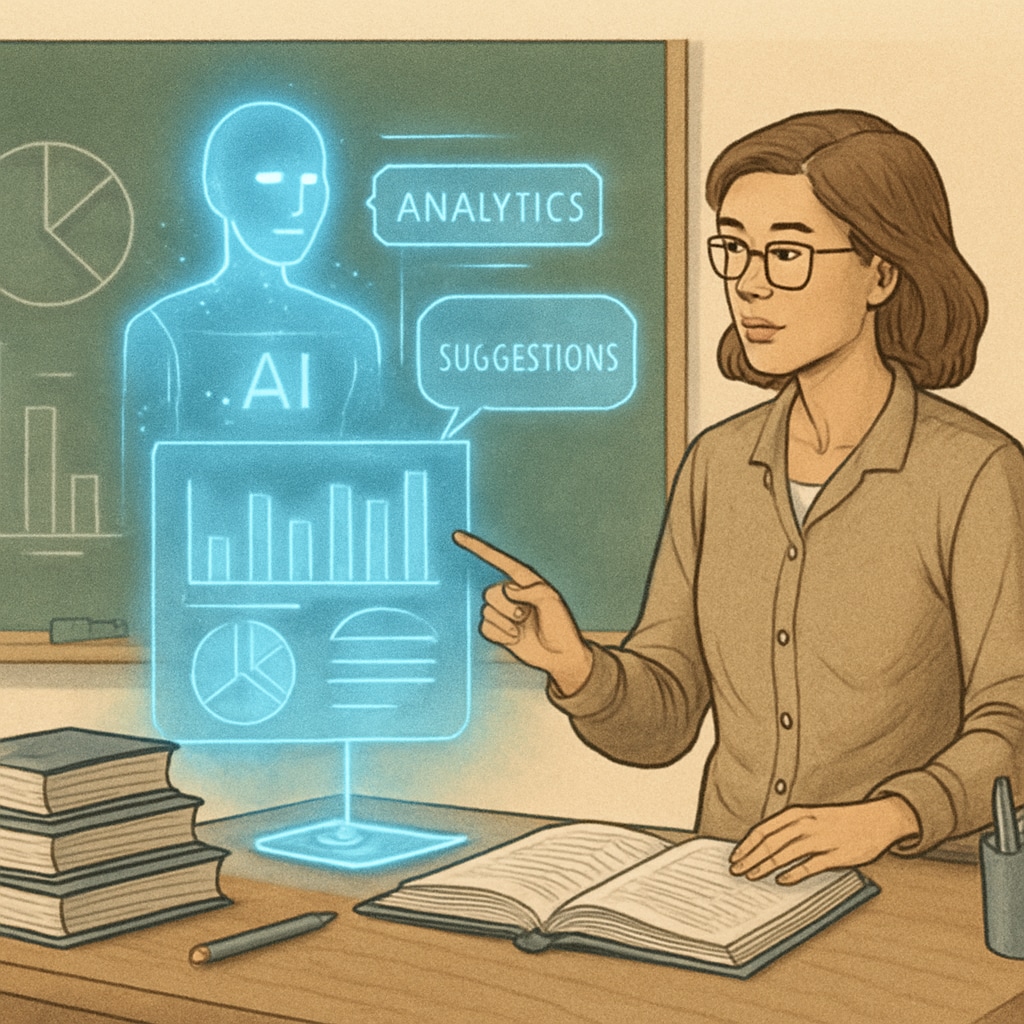Artificial intelligence (AI) is reshaping the landscape of school education, fundamentally altering the way students learn, teachers teach, and resources are distributed. The integration of AI into K12 education promises unprecedented advancements in personalized learning, teacher assistance, and equitable access to educational opportunities. However, this transformation also presents challenges that educators must address to ensure the technology’s benefits are maximized.
Personalized Learning: Revolutionizing Student Experiences
One of the most significant impacts of AI on school education is its ability to deliver personalized learning experiences. Unlike traditional “one-size-fits-all” teaching methods, AI-powered systems can analyze individual student data, including learning styles, strengths, and weaknesses. This allows for tailored lesson plans and adaptive learning tools that cater to each student’s unique needs.
For example, platforms like Khan Academy and AI-driven tutoring systems such as Squirrel AI have already demonstrated how technology can help students master subjects at their own pace. As a result, AI empowers students to achieve greater levels of engagement and academic success.

Transforming the Role of Teachers
AI is not here to replace teachers but to augment their capabilities. By automating administrative tasks, such as grading assignments and tracking student performance, AI enables educators to focus more on instruction and mentorship. Additionally, AI can serve as a virtual assistant, providing teachers with actionable insights to improve lesson delivery and classroom management.
For instance, tools like IBM Watson Education have been designed to support teachers in developing curriculum and enhancing classroom interactions. Moreover, teachers can use AI to identify students who require additional support, ensuring no learner is left behind.

Promoting Equity in Education Resources
One of AI’s most promising benefits lies in its potential to bridge gaps in educational equity. By leveraging technology, schools in underserved areas can gain access to high-quality resources and teaching tools that were previously out of reach. AI-powered platforms can also translate content into multiple languages, offering support to non-native speakers and students with disabilities.
Organizations like UNESCO are exploring ways to use AI to reduce disparities in global education systems, ensuring that every child has access to quality learning opportunities. This development could significantly narrow the divide between privileged and marginalized communities.
Challenges in Implementing AI in K12 Education
Despite its potential, the implementation of AI in schools is not without hurdles. Concerns about data privacy, ethical use, and the digital divide must be addressed. Schools need robust infrastructure to support AI technologies, and educators must receive adequate training to effectively utilize these tools.
Furthermore, the cost of deploying AI systems can be prohibitive for some institutions, raising questions about equitable access. Policymakers and education leaders must collaborate to create guidelines and funding mechanisms that ensure AI benefits all students, regardless of socioeconomic background.
The Road Ahead
As AI continues to evolve, its role in K12 education will undoubtedly expand. From immersive learning environments to predictive analytics for career guidance, the possibilities are endless. However, the success of this transformation will depend on proactive efforts by educators, policymakers, and technologists to navigate its challenges responsibly.
In conclusion, artificial intelligence is poised to redefine the future of school education. By embracing its potential, educators can create smarter classrooms that foster innovation, inclusivity, and lifelong learning.
Readability guidance: Use short paragraphs with clear headings to improve navigation. Incorporate lists where necessary to highlight key points. Ensure that the tone remains professional while emphasizing actionable insights.


